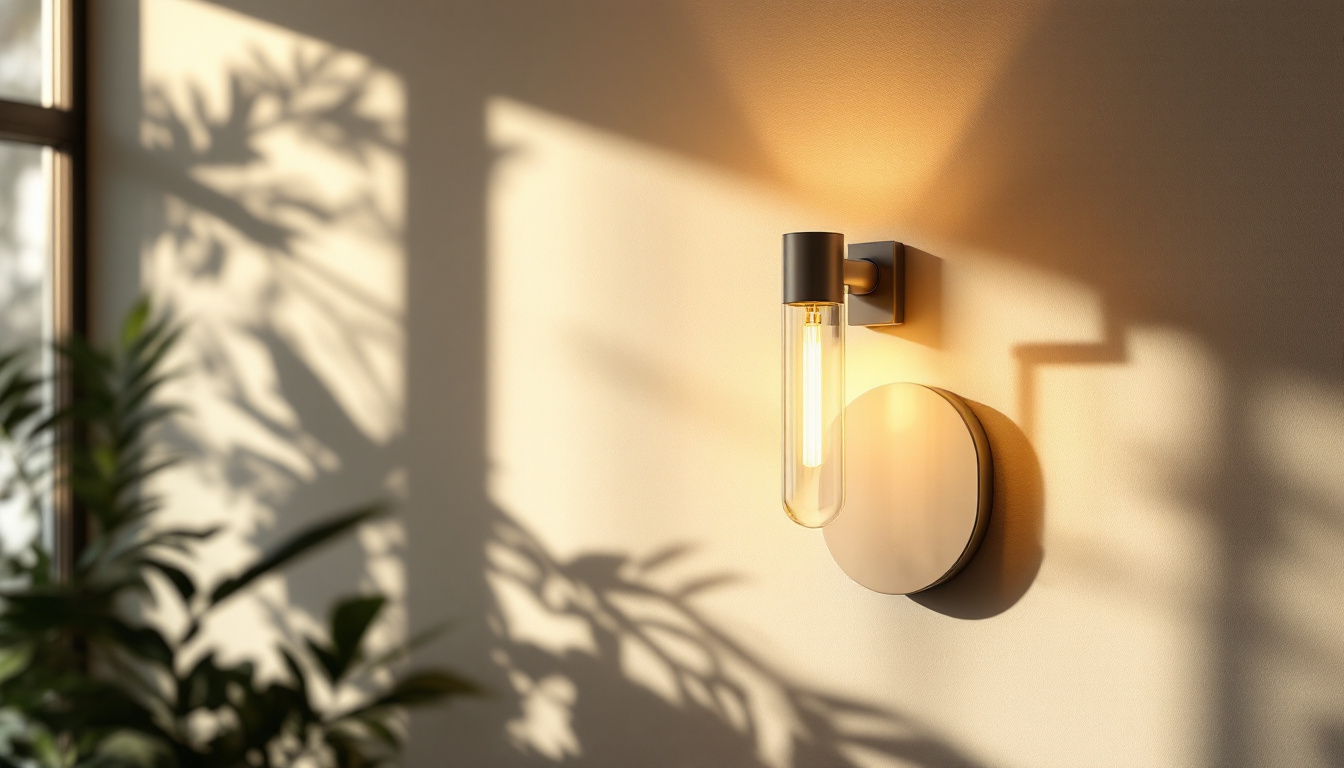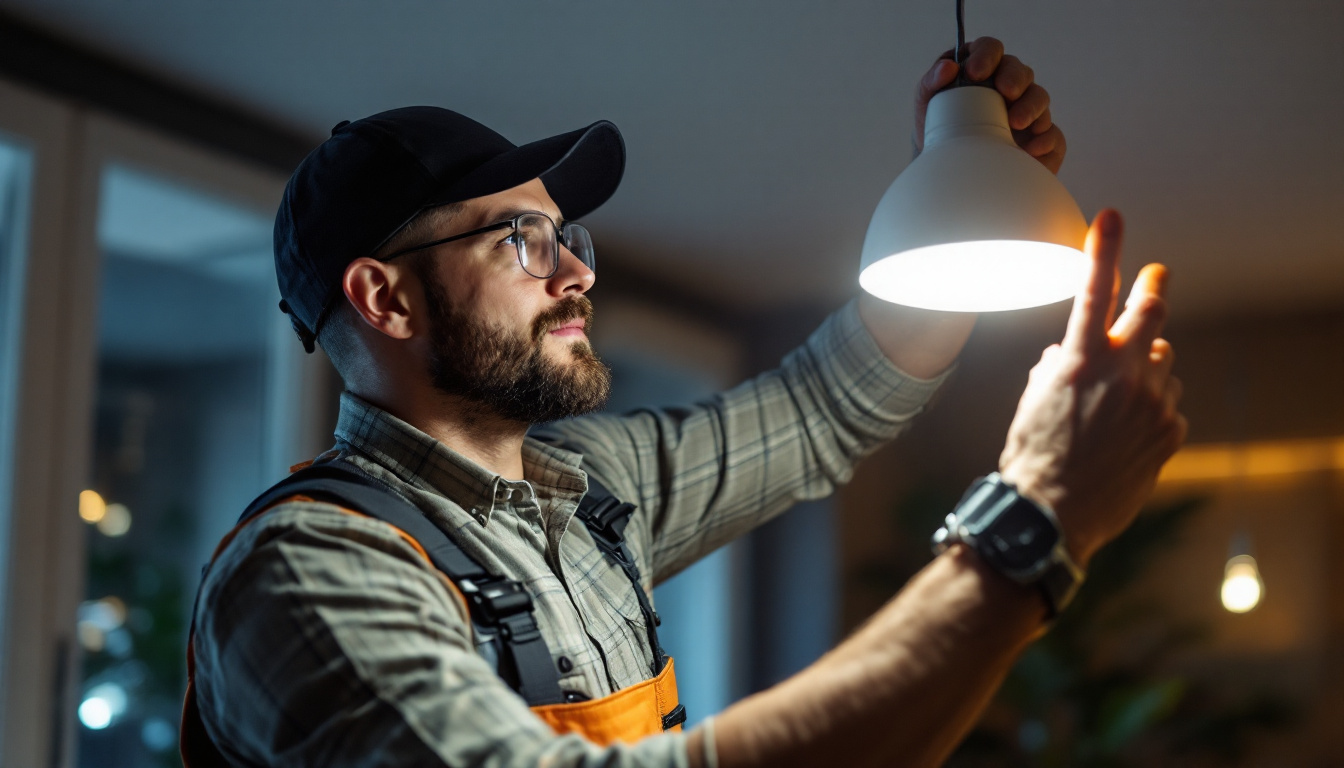

As the demand for sustainable energy solutions continues to rise, solar power outdoor lights have become an increasingly popular choice for both residential and commercial projects. lighting contractors play a crucial role in this transition, providing expertise and guidance to clients looking to harness the power of the sun. This article will explore essential tips and best practices for lighting contractors to master solar power outdoor lighting installations, ensuring optimal performance and client satisfaction.
Before diving into installation techniques, it is vital for lighting contractors to have a solid understanding of solar power technology. This knowledge not only enhances the quality of installations but also builds trust with clients who may have questions or concerns.
Solar energy is harnessed through photovoltaic (PV) cells, which convert sunlight into electricity. These cells are typically made of silicon and can be found in various configurations, including monocrystalline, polycrystalline, and thin-film. Each type has its advantages and disadvantages, which can affect the performance and cost of solar outdoor lights.
When selecting solar lights for a project, contractors should consider factors such as efficiency, durability, and warranty. Understanding these elements will help in recommending the best products to clients based on their specific needs and environmental conditions. Additionally, it is essential to be aware of the local climate, as factors like average sunlight hours and seasonal variations can significantly impact the performance of solar lighting systems. For instance, areas with frequent overcast weather may require more robust battery storage solutions to ensure consistent illumination during darker periods.
A solar outdoor lighting system consists of several key components: solar panels, batteries, LED lights, and control systems. Each component plays a vital role in ensuring the system operates effectively and efficiently.
Solar panels capture sunlight and convert it into electricity, while batteries store this energy for use during the night or cloudy days. LED lights are favored for their energy efficiency and long lifespan, making them an ideal choice for solar applications. Control systems manage the operation of the lights, including automatic on/off functions based on ambient light levels. Furthermore, many modern solar lighting systems incorporate smart technology, allowing for remote monitoring and control via smartphone apps. This innovation not only enhances user convenience but also provides valuable data on energy consumption and system performance, enabling contractors to make informed decisions about maintenance and upgrades.
Proper site assessment is crucial for the successful installation of solar outdoor lights. Lighting contractors should evaluate several factors to ensure that the chosen location will optimize solar energy capture and provide effective illumination.
One of the primary considerations during site assessment is sunlight exposure. Contractors should identify areas that receive direct sunlight for the majority of the day, as this will significantly impact the performance of solar lights. Shadows from trees, buildings, or other structures can hinder the efficiency of solar panels, leading to inadequate lighting at night.
Utilizing tools such as solar pathfinders or smartphone applications can help contractors analyze sunlight patterns throughout the year, allowing for informed decisions regarding the placement of solar lights. Additionally, understanding seasonal variations in sunlight can further enhance the effectiveness of the installation. For instance, in regions where winter days are shorter, it may be necessary to adjust the positioning of lights to ensure they receive maximum sunlight exposure during those months.
Engaging with clients to understand their specific lighting needs is essential. Different projects may require varying levels of illumination, aesthetics, and functionality. For example, a residential garden may prioritize ambiance, while a commercial parking lot may focus on security and visibility.
Contractors should also discuss the desired duration of lighting operation, as some clients may prefer lights that stay on all night, while others may only need illumination during specific hours. This information will guide the selection of appropriate solar lights and battery sizes. Furthermore, it is beneficial to explore the client’s vision for the space. Are they looking for a warm, inviting glow or a bright, stark light for safety? Understanding these preferences can lead to a more tailored solution that meets both practical and aesthetic requirements.
In addition, contractors should consider the potential for future expansion or changes in the landscape. For instance, if a client plans to plant new trees or install additional structures, this could affect sunlight exposure and lighting needs over time. By taking a proactive approach to site assessment, contractors can help clients envision a long-term lighting strategy that adapts to their evolving needs and enhances the overall functionality of the outdoor space.
Once the planning and assessment phases are complete, contractors can proceed with the installation of solar outdoor lights. Adhering to best practices during this stage will ensure optimal performance and longevity of the lighting systems.
Correct mounting of solar lights is crucial for maximizing solar energy capture. Panels should be installed at an angle that allows for optimal sunlight exposure, typically facing south in the northern hemisphere. This angle can vary depending on geographical location and seasonal changes.
Additionally, it is essential to securely mount lights to withstand wind and weather conditions. Using appropriate hardware and following manufacturer guidelines will help prevent damage and ensure the lights remain functional over time.
For solar lights that require wiring, such as those with remote solar panels, contractors must ensure that connections are secure and weatherproof. Using high-quality cables and connectors will minimize the risk of corrosion and electrical failures.
It is also advisable to keep wiring hidden and protected from the elements to enhance the aesthetic appeal of the installation. This may involve burying cables or using conduits to shield them from exposure.
To ensure the longevity and efficiency of solar outdoor lights, regular maintenance is necessary. Lighting contractors should educate clients on proper care and provide guidance on troubleshooting common issues.
Regular maintenance tasks for solar lights include cleaning solar panels, checking battery health, and inspecting for damage. Dust, dirt, and debris can accumulate on solar panels, reducing their efficiency. A simple cleaning with a soft cloth and mild soap can restore optimal performance.
Contractors should also encourage clients to monitor the condition of batteries, as they typically have a limited lifespan and may need replacement. Providing clients with a maintenance schedule can help them keep their solar lighting systems in top condition.
Even with proper maintenance, issues may arise with solar outdoor lights. Common problems include dimming lights, lights not turning on, or inconsistent performance. Contractors should be prepared to troubleshoot these issues effectively.
For dimming lights, it may be necessary to check the battery charge level or clean the solar panels. If lights do not turn on at all, it could be due to a faulty connection or a dead battery. Providing clients with a troubleshooting guide can empower them to address minor issues independently.
One of the most valuable services a lighting contractor can provide is client education. By equipping clients with knowledge about solar outdoor lighting systems, contractors can foster long-term relationships and ensure satisfaction.
Educating clients about the benefits of solar outdoor lights can help them appreciate their investment. Solar lights offer numerous advantages, including energy savings, reduced carbon footprint, and minimal maintenance requirements.
Additionally, highlighting the versatility of solar lights can open up new possibilities for clients. From pathway lighting to security lights, the options are vast, and understanding these can lead to further project opportunities.
Offering ongoing support after installation can significantly enhance client satisfaction. Contractors can provide contact information for any questions or concerns that may arise. Additionally, follow-up visits or check-ins can demonstrate commitment to quality service.
Consider creating a resource library with guides, FAQs, and troubleshooting tips that clients can access at any time. This proactive approach can help build trust and encourage referrals.
The solar lighting industry is continually evolving, with new technologies and trends emerging regularly. Lighting contractors must stay informed to provide the best solutions for their clients.
Advancements in solar technology, such as improved battery efficiency and smart lighting systems, are changing the landscape of outdoor lighting. Staying updated on these innovations can help contractors recommend the most effective solutions to clients.
Additionally, understanding the integration of solar lights with smart home systems can appeal to tech-savvy clients looking for enhanced control and automation.
Participating in industry events, workshops, and training sessions can provide valuable insights into the latest trends and best practices. Networking with other professionals in the field can also lead to collaborative opportunities and shared knowledge.
Joining professional organizations or online forums dedicated to solar lighting can further enhance a contractor’s expertise and visibility in the industry.
Solar power outdoor lights represent a significant opportunity for lighting contractors to meet the growing demand for sustainable solutions. By mastering the technology, understanding client needs, adhering to best practices, and providing ongoing support, contractors can position themselves as experts in the field.
As the world continues to embrace renewable energy, the role of lighting contractors in promoting and implementing solar outdoor lighting will only become more critical. By staying informed and committed to quality service, contractors can ensure their success in this evolving industry.
Ready to elevate your solar power outdoor lighting installations? At LumenWholesale, we provide lighting contractors with the highest quality, spec-grade lighting products at unbeatable wholesale prices. Say goodbye to local distributor markups and hello to superior lighting solutions that meet the most rigorous industry standards. With our extensive selection, free shipping on bulk orders, and commitment to affordability and convenience, you can trust LumenWholesale to light up your projects with efficiency and style. Don’t compromise on quality or value — explore our wholesale lighting options today and bring the best to your clients.

Explore the transformative world of wall sconces as the future of lighting design and installation unfolds.

Discover how wall LEDs are revolutionizing the lighting industry by boosting efficiency for contractors.

Discover the transformative impact of LED lamp fixtures through compelling real-world success stories.

Discover the pitfalls lighting contractors often encounter with industrial LED lighting solutions.
Get notified when NEW deals are released.
Optimize your budget with wholesale discounts.
Only top-quality, specification-grade lighting products.
No additional costs at checkout - what you see is what you pay.
We understand the unique needs of contractors.